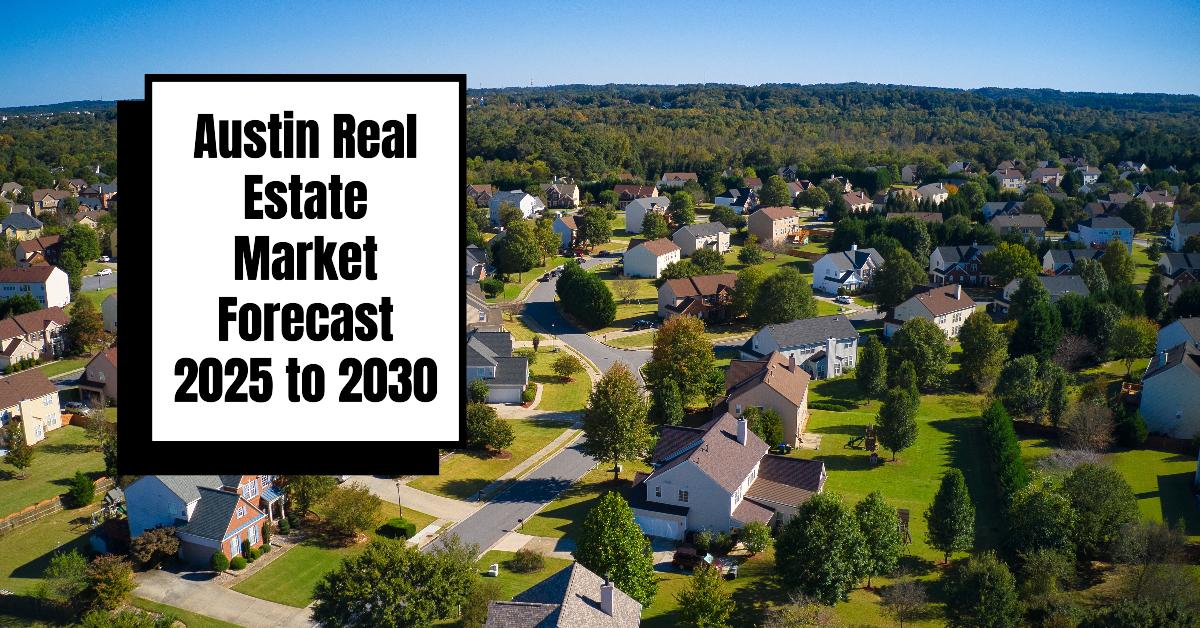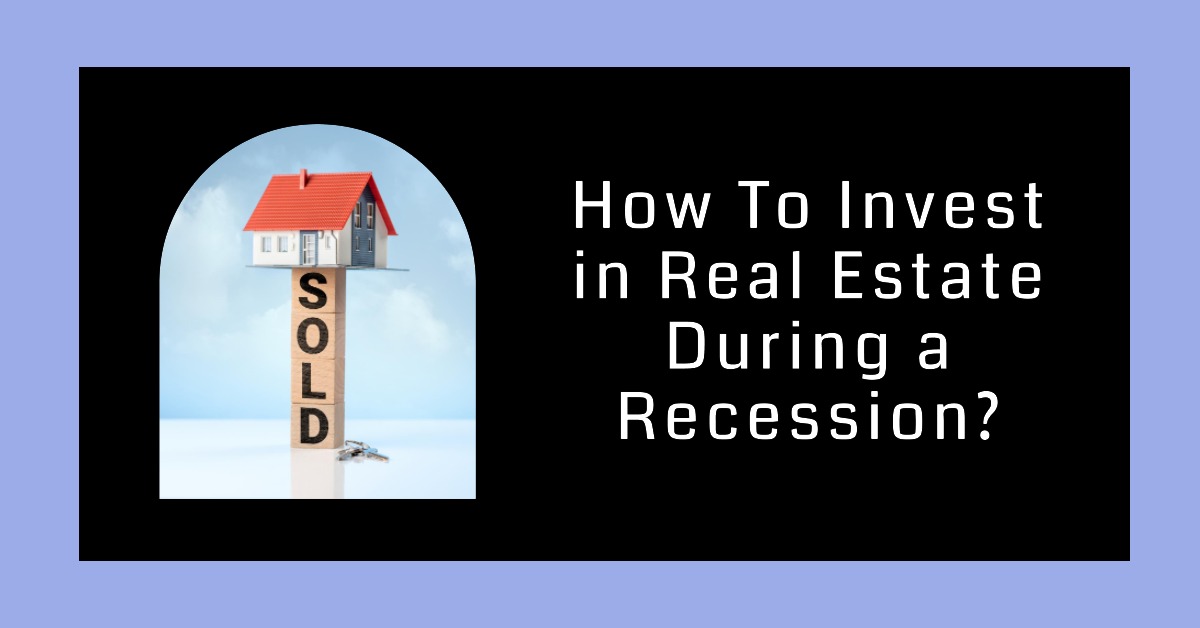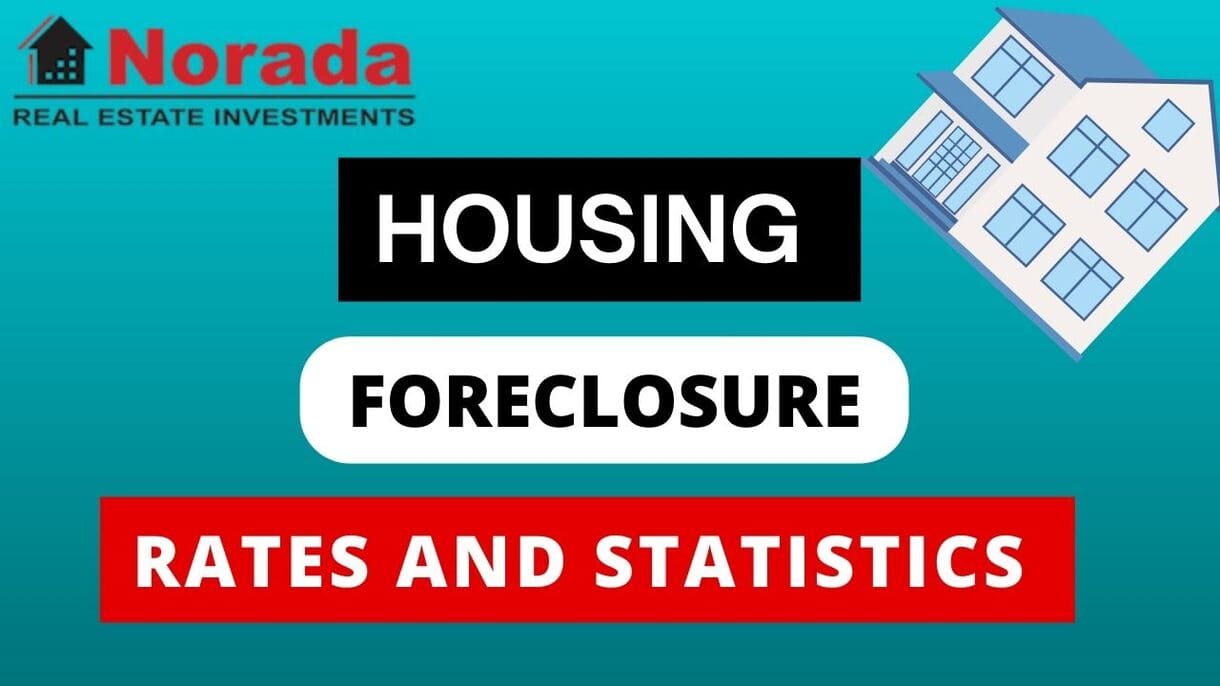Remember the wild days of Austin real estate? Not too long ago, it felt like you had to offer your firstborn child and a lifetime supply of tacos just to get your foot in the door of a new home. Well, if you've been waiting on the sidelines, I've got some interesting news for you. The Austin housing market forecast from 2025 to 2030 shows a significant shift.
For 2025, the market is decisively cooling off, with home values projected to see a modest and gradual decline into 2026. This is a much-needed deep breath for a market that's been sprinting for years, and it's creating new opportunities for buyers who thought they were priced out forever.
For years, I've been analyzing real estate trends, and the whiplash we've seen in Austin is something special. We went from an extreme seller's market to a more balanced, and now arguably, a buyer-friendly environment. It's a correction, not a crash, but it's changing the rules of the game. Let’s dive into what’s happening right now and what we can expect in the coming years.
Austin's Current Housing Market Trends: A Snapshot of 2025
To understand where we're going, we first need to know where we are. The story of the Austin housing market in 2025 is a story told by numbers—and these numbers from Zillow paint a very different picture than they did in 2021 or 2022.
The Big Picture: What the Numbers are Telling Us
Let's break down the key stats as of late 2025. I've put them in a simple table so you can see everything at a glance.
| Market Indicator | Current Data (Late 2025) | What This Means for You |
|---|---|---|
| Average Austin Home Value | $428,390 | Down 5.9% from last year, showing prices are softening. |
| Total Homes for Sale | 15,222 | A healthy amount of housing inventory gives buyers more choices. |
| New Listings This Month | 2,579 | New homes are still coming on the market, but not at a frantic pace. |
| Median Sale Price | $465,417 | This is the middle-ground price homes are actually selling for. |
| Median List Price | $495,296 | What sellers are asking for. Notice it's higher than the sale price. |
| Sale-to-List Ratio | 97.8% | Homes are selling for about 2.2% below the asking price on average. |
| % of Sales Over List Price | 11.5% | Only a small fraction of homes are getting into bidding wars. |
| % of Sales Under List Price | 72.2% | The vast majority of sellers are having to negotiate down. |
| Days to Pending | 67 Days | It’s taking over two months for a home to go under contract. |
Source: Zillow
The most telling numbers here are the ones that show the power shifting. When over 72% of homes sell for less than the asking price and it takes two months to sell, sellers can no longer name any price they want. The days of 20 offers in a weekend are, for now, behind us.
Is It a Buyer's or Seller's Housing Market in Austin?
Based on this data, I can confidently say that Austin is currently a buyer's housing market. Here’s why:
- High Housing Inventory: With over 15,000 homes for sale, you have choices. You don't have to rush into a decision.
- More Time: Homes sitting on the market for 67 days means you have time to think, inspect, and negotiate without the intense pressure of it being sold out from under you in 24 hours.
- Negotiating Power: The sale-to-list ratio being under 100% is your golden ticket. It shows that sellers are willing to come down on their price to make a deal. Buyers can ask for repairs, closing cost contributions, and other concessions that were unheard of a few years ago.
From my experience, this is the healthiest the market has been for buyers in a long time. It’s no longer a frenzy; it’s a more thoughtful, deliberate process.
What's Driving These Changes?
So, what caused this dramatic cooldown? It's a combination of a few key factors:
- Mortgage Rates: This is the big one. While rates have fluctuated, they are significantly higher than the rock-bottom levels of the pandemic era. Higher rates mean higher monthly payments, which reduces what buyers can afford. This has naturally cooled down demand.
- Increased Housing Supply: For years, Austin was chronically undersupplied with homes. But a boom in construction and more sellers deciding to cash out has finally increased the housing inventory. More supply + steady demand = stable or lower prices.
- Return to Normalcy: The massive “work-from-home” migration that supercharged Austin's market has slowed. While people are still moving here, the explosive, panicked rush has settled down.
Here’s a comparison table showing how mortgage rates have shifted from the pandemic era to today—highlighting the affordability squeeze buyers now face.
| Time Period | 30-Year Fixed Rate (Avg.) | Monthly Payment on $400K Loan | Buyer Impact |
|---|---|---|---|
| 2020 (Pandemic Low) | 2.65% | ~$1,612 | Exceptionally low rates boosted affordability and demand. |
| 2022 (Rate Spike) | 6.90% | ~$2,636 | Sharp rise in rates shocked the market, cooling activity. |
| Mid-2023 | 6.70% | ~$2,580 | Rates remained elevated; affordability stayed tight. |
| November 2025 | 6.16% | ~$2,438 | Slight relief, but still far from pandemic-era lows. |
Key Insight: Even with recent easing, today’s rates are more than double the 2020 lows—translating to over $800 more per month on a typical $400K loan. That affordability gap continues to suppress buyer demand and delay purchase decisions. Let’s explore what the future holds by diving into the newest Austin housing market forecast.
Austin Real Estate Market Forecast 2025 to 2030
Alright, let's get out the crystal ball. While nobody can predict the future with 100% accuracy, we can use data and trends to make a very educated guess about the Austin housing market forecast.
The Short-Term Forecast: Late 2025 into 2026
Zillow provides some interesting forecasts for metropolitan areas, and their projections for Austin confirm the cooling trend. I’ve simplified their data into a table that’s easy to understand. This shows the predicted change in home values from the baseline in September 2025.
| Texas City | Forecast by Oct 2025 | Forecast by Dec 2025 | 1-Year Forecast (by Sep 2026) |
|---|---|---|---|
| Austin, TX | -0.3% | -1.4% | -1.8% |
| Dallas, TX | -0.1% | -0.5% | +0.2% |
| Houston, TX | 0.0% | 0.0% | +0.4% |
| San Antonio, TX | -0.1% | -0.4% | -0.8% |
| Killeen, TX | -0.1% | -0.3% | +1.0% |
| McAllen, TX | +0.2% | +0.5% | +2.9% |
| El Paso, TX | +0.1% | +0.4% | +2.9% |
Here's what this tells us:
- Austin's Correction is Real: The forecast predicts a continued, gentle decline in home prices through the end of 2025 and into 2026, totaling a drop of nearly 2%. This isn't a massive drop, but it's a clear signal that the market is rebalancing.
- Austin is Cooling Faster: Compared to other major Texas cities like Dallas and Houston (which are forecast to be flat or slightly positive), Austin is seeing a more noticeable dip. In my opinion, this makes perfect sense. Austin had the most explosive price growth, so it naturally has the most room to correct. Markets that didn't fly quite so high, like Houston, don't need to come back down to earth as much.
Will Austin Home Prices Drop? And Could the Market Crash?
Let’s tackle this head-on. Yes, the forecast shows that home prices in Austin are expected to drop slightly. But will the market crash? I believe the answer is a firm no.
A market crash, like we saw in 2008, involves a rapid, deep drop in home values, often 20-30% or more, accompanied by widespread foreclosures. What we are seeing in the Austin housing market forecast is a correction. It's a slow, controlled release of pressure. A -1.8% drop over a year is a minor adjustment, not a catastrophe.
Several factors are protecting Austin from a crash:
- A strong and diverse job market (especially in tech).
- Continued, albeit slower, population growth.
- Stricter lending standards than in the pre-2008 era, meaning fewer homeowners are at risk of foreclosure.
Austin's Housing Outlook for 2026 to 2030
This is where we move from hard data to expert projection. Based on the current trends and economic fundamentals, here is my personal take on the Austin housing market forecast 2025 to 2030.
- 2026-2027: The Stabilization Phase. I expect the price correction to bottom out sometime in 2026. After that, we'll likely enter a period of stabilization where home prices remain relatively flat or grow very modestly, perhaps in the 1-3% range annually. The market will feel much more balanced, with neither buyers nor sellers having a huge advantage. Housing inventory will likely remain healthy.
- 2028-2030: The New Normal. By this period, I predict the Austin market will have settled into a more sustainable, long-term growth pattern. The days of 20%+ annual appreciation are over. Instead, we should see a return to a healthier 3-5% annual growth in home values. This is a good thing! It allows wages to catch up, prevents the market from overheating, and builds a more stable foundation for the future. The health of the tech sector and the city's ability to keep up with infrastructure will be the key drivers during this time.
Final Thoughts: What This Means for You
So, what's the bottom line? The Austin housing market is finally calming down.
- For Buyers: This is your window. With more inventory, less competition, and negotiating power, 2025 and 2026 could be the best time to buy a home in Austin in nearly a decade. Don't try to time the absolute bottom of the market perfectly; focus on finding a home you love at a price you can afford.
- For Sellers: You need to be realistic. Price your home competitively from the start, make sure it's in top condition, and be prepared to negotiate. Your home will sell, but it will take more time and strategy than it did a few years ago.
The Austin market isn't collapsing; it's maturing. This shift towards a more balanced and predictable market is a positive development for the long-term health of our city. It’s a market you can navigate with a smart strategy instead of just a lucky bid.
This vibrant Texas city stands at a pivotal moment in its real estate journey, and while predicting the future has its uncertainties, being prepared and aware of market indicators provides a strategic advantage. Austin's blend of cultural richness, burgeoning tech environments, and natural beauty ensures it will remain a coveted location for many seeking a fresh start.
Secure Your Retirement with Cash-Flowing Rental Properties
Turnkey real estate offers a low-hassle way to generate passive income and build long-term financial security—perfect for retirement-focused investors.
Norada Real Estate helps you invest in stable, high-demand markets that deliver consistent monthly cash flow and equity growth over time.
🔥 HOT NEW LISTINGS JUST ADDED! 🔥
Talk to a Norada investment counselor today (No Obligation):
(800) 611-3060
Recommended Read:
- Austin Housing Market: Prices, Trends, Forecast
- Is The Austin TX Housing Market in Big Trouble?
- Is the Austin Housing Market Shifting? Here's What Experts Say
- Will the Austin Housing Market Crash in 2024?
- Austin House Prices Are ‘Going Back To Normal’
- Austin Housing Market is Losing Homebuyers to Other Cities





